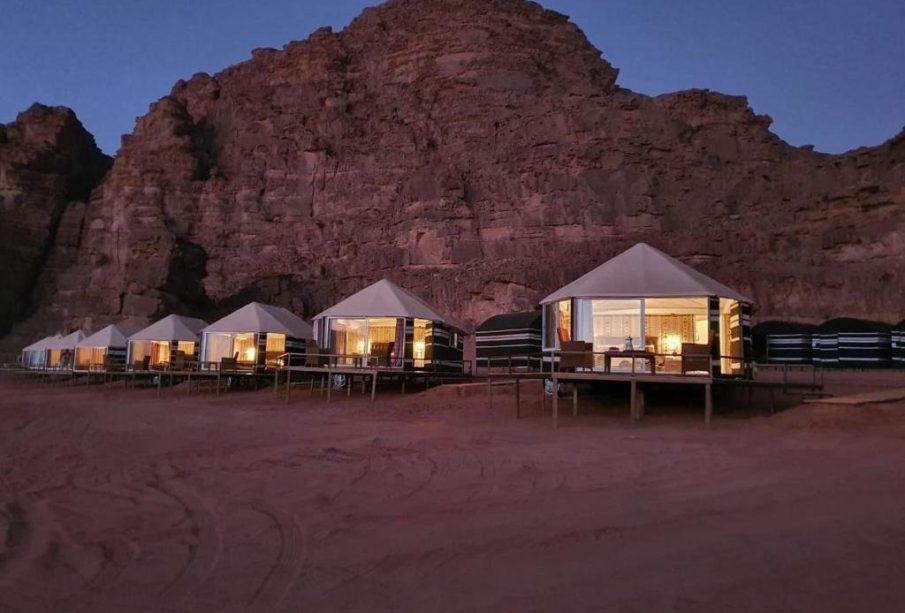The Enduring Legacy of Bedouin Culture

Introduction
The Bedouin, a group of nomadic Arab peoples, have been integral to Middle Eastern culture and history for centuries. Their way of life, rooted in the harsh yet beautiful desert landscapes, serves as a vivid example of adaptability and resilience. In recent years, the relevance of the Bedouin community has gained increased awareness amid discussions on cultural preservation and social development, making it a critical topic in understanding the cultural tapestry of the Arab world.
Who are the Bedouin?
Traditionally, Bedouins are known for their nomadic lifestyle, moving across the deserts of the Arabian Peninsula, North Africa, and parts of the Levant. They have historically relied on herding animals such as camels and goats and are renowned for their intricate social structures, poetic traditions, and unique survival skills. The word “Bedouin” itself originates from the Arabic term “badawi,” meaning desert dweller, indicating their deep-rooted connection to arid landscapes.
Current Situation and Challenges
In the contemporary context, the Bedouin face numerous challenges as modernisation and urbanisation threaten their traditional way of life. Many Bedouin communities, particularly in countries like Jordan, Egypt, and Israel, find themselves caught between the need to preserve their heritage and the pressures of development. Issues such as land rights, political recognition, and economic opportunities remain critical as Bedouins navigate their dual identity as both custodians of ancient traditions and participants in the modern world.
In Israel, for example, the Bedouin community has been embroiled in legal battles over land ownership and the right to maintain their villages. Activism and advocacy efforts are growing, aimed at ensuring recognition of the Bedouin’s unique cultural identity while addressing their socio-economic needs.
Preservation Efforts
In light of these challenges, various organisations and initiatives have emerged to support the preservation of Bedouin culture. Cultural festivals showcasing traditional music, dance, and handicrafts are gaining popularity, fostering appreciation and understanding among wider audiences. Educational programmes aimed at youth within Bedouin communities are being developed to instil pride in their heritage while equipping them with the necessary skills to thrive in modern society.
Conclusion
The Bedouin way of life represents a unique intersection of tradition and modernity. As their communities face unprecedented changes, it becomes increasingly crucial to acknowledge and support their cultural heritage. The future of the Bedouin will rely on a delicate balance between embracing the contemporary and honouring their storied past, as their contributions continue to enhance the rich tapestry of human civilisation. Observers and stakeholders must remain engaged to ensure the Bedouin are not merely seen as relics of history but as vibrant communities with a valuable role to play in today’s world.








